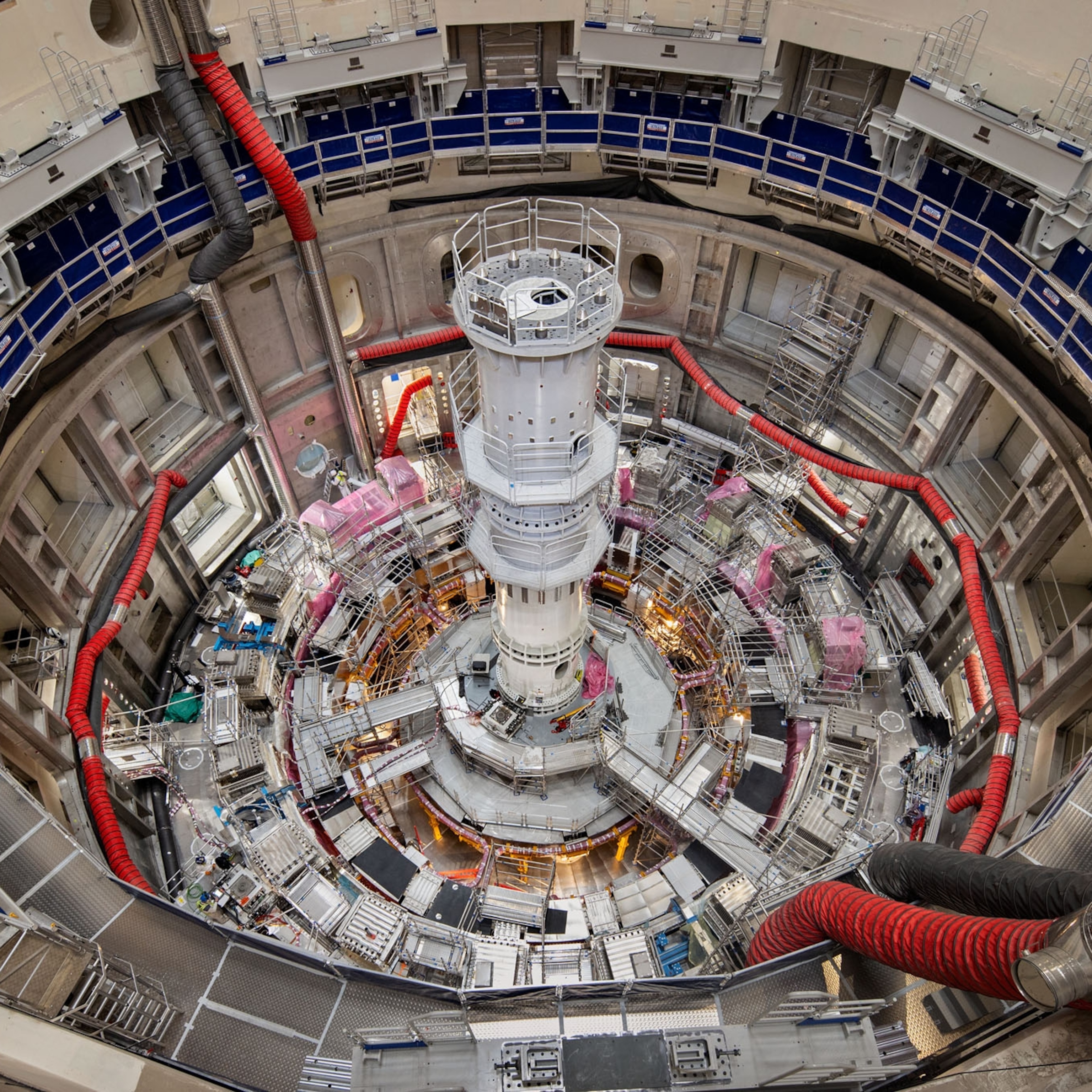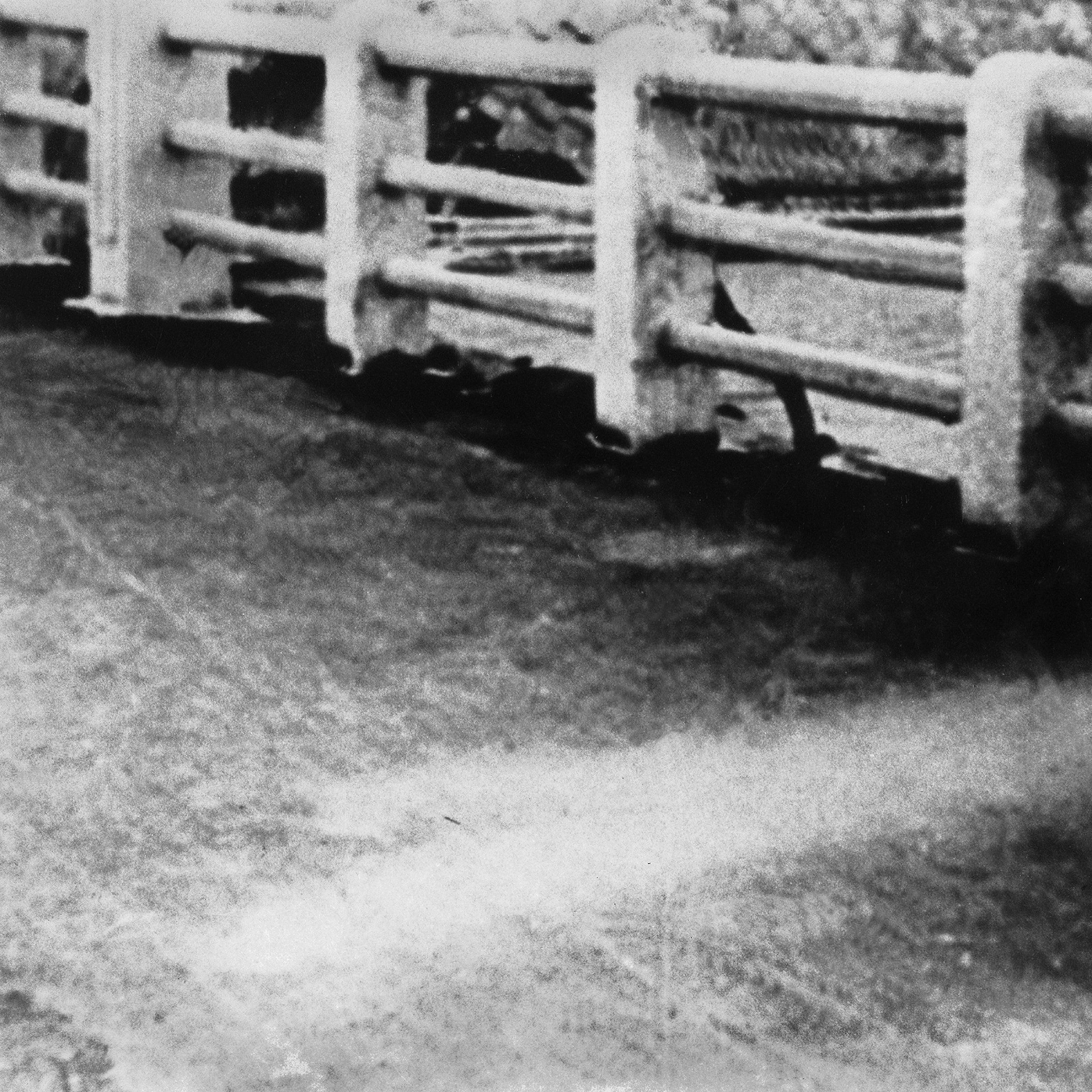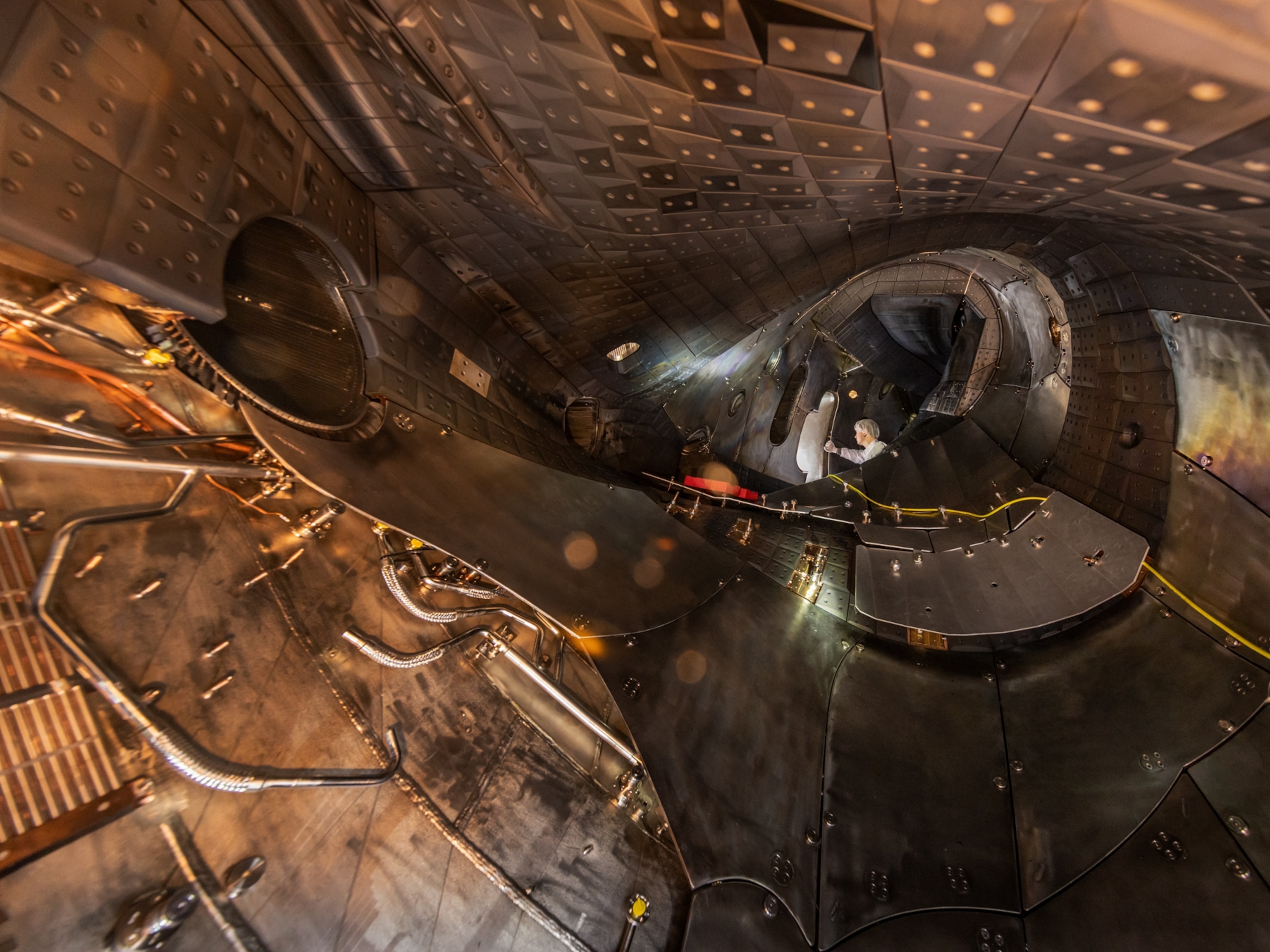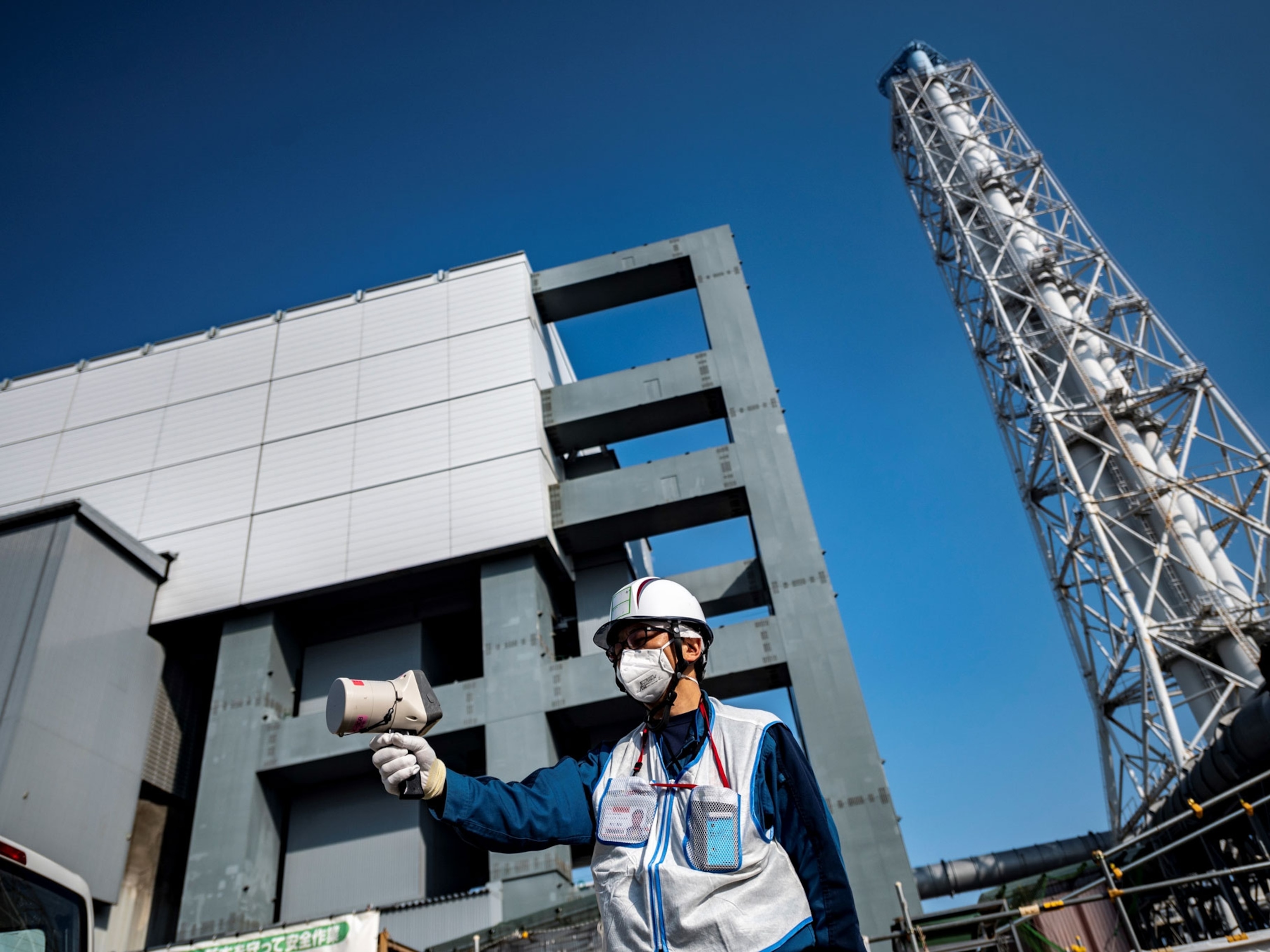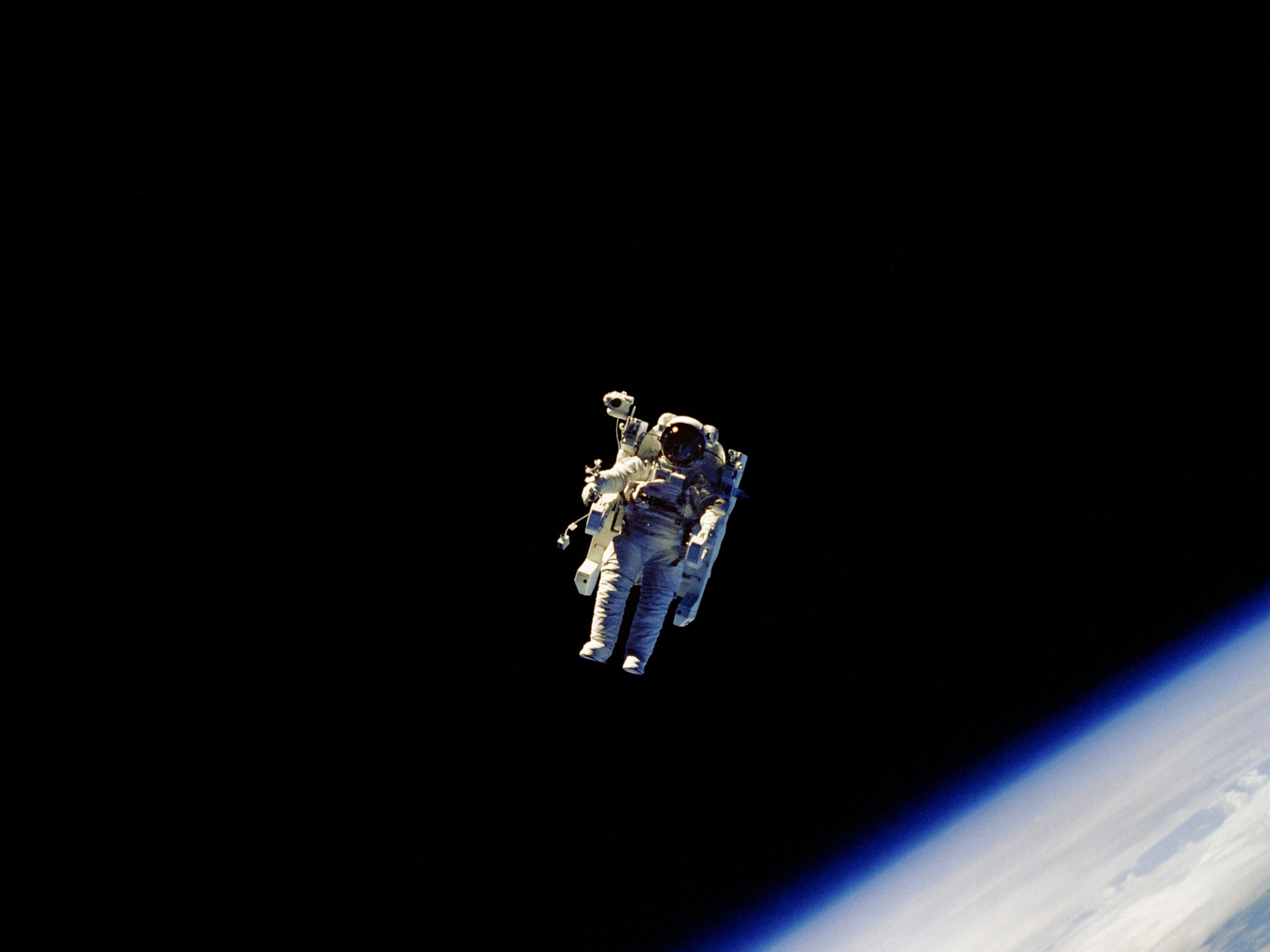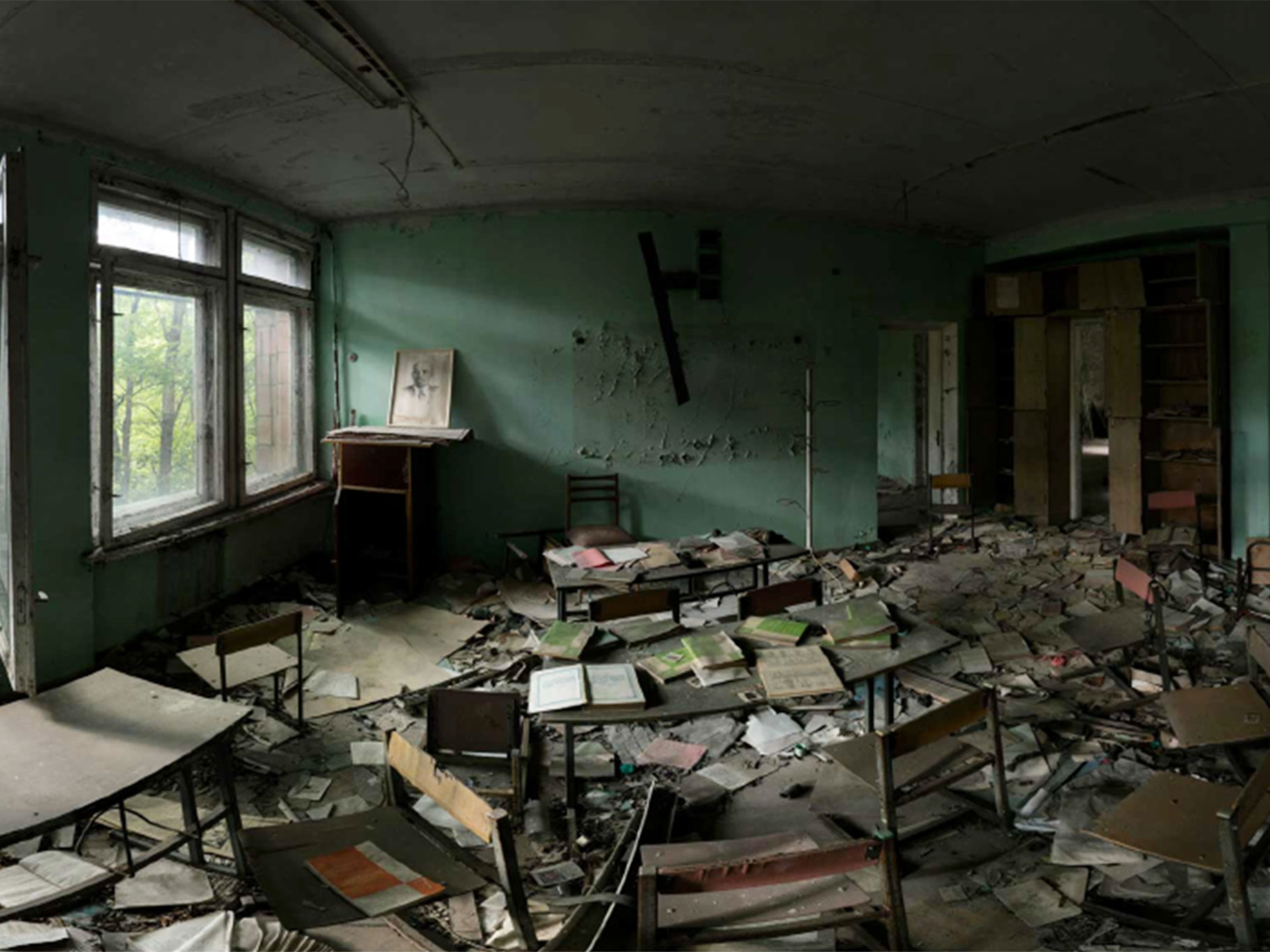
Chernobyl's Radioactive Ruins Get a New Tomb
Thirty years after the disaster, a giant structure will replace the crumbling Soviet-era sarcophagus built to contain the site's radiation.
Pripyat, Ukraine — When Ilya Suslov heard about the nuclear disaster at Chernobyl on April 26, 1986, he was working as a construction foreman in a secret city in the Uzbek Soviet Socialist Republic. He immediately volunteered to be a “liquidator,” one of hundreds of thousands of Soviet soldiers and civilians, most of them drafted, who cleaned up the site.
Suslov’s job was to help build the giant “sarcophagus,” a concrete-and-steel tomb constructed in eight months to contain the smoldering remains of Unit 4 of the nuclear power plant. After 30 years, that sarcophagus is about to replaced by another, this one designed to last for a hundred years.
Back in 1986, as Suslov headed into the worst nuclear accident in the world, he was simply told, “Okay, get ready.” At the site, he was given light work clothes and a surgical cap and mask, no protection at all against the radiation. Poking his head around the corner of the bunker from which they would coordinate laborers pouring concrete and welding steel for the “object shelter,” as it was called, his boss dragged him back, shouting, “Hey! What are you doing? Do you want to be irradiated?”

Today he barely gets by as a part-time electrician. His pension is no higher than any other Soviet retiree, though he faced great health risks. Like many in today’s cash-strapped Ukraine, his refrigerator is empty at the end of each month. Even so, he is proud of what they did. “If we had not built that sarcophagus, then radiation contamination would continue to this day. The sarcophagus was like a conserving jar, a tin can, which closed everything up, but it was just a simple tin can,” he says.
He knows that the sarcophagus’ time is up. A few years ago it was reinforced after nearly collapsing, a second catastrophe that would have again shot radioactive dust and debris into the atmosphere. “My sarcophagus made it through 30 years, thank God,” he says. “But now it’s time to think about the future.” (Read about people in the Chernobyl exclusion zone in “The Nuclear Tourist.")
Indeed, if all goes according to plan, by the end of next year, a giant stainless steel arch called the New Safe Confinement will slide into place over the reactor. Built by an international consortium of donors, it will seal in around 5,500 tons of radioactive sand, lead, boric acid and 220 tons of uranium and other unstable iosotopes, as well as tens of thousands of tons of irradiated concrete and steel.
Largest Moving Object
The arch is an incomparable accomplishment of engineering. “For an engineer, it’s Mecca. I mean, I hope we will not have to rebuild such an arch elsewhere—it’s because of the catastrophe that we are here—but for an engineer it is perfect,” says Nicolas Caille, project director for the international effort lead by Novarka. “We will do things here that have been done nowhere else.”
Shaped like an outsized aircraft hangar, the structure is fabricated from miles of steel tubes held together by around 600,000 custom-made bolts, at around $17 a piece. Costing a total of 2.1 billion euros and counting, the enormous bow stands 360 feet high, 540 feet long, 850 feet wide and, as it is pushed and pulled into place on a special track coated in Teflon and stainless steel next year, it will become the world’s largest man-made object to move on land.

The arch is clad in a shiny sandwich of stainless steel, visible over the rooftops of the abandoned city of Pripyat, some two miles away through a forest slowly repopulating with wolves, lynx, deer, boar, moose and beaver. (Read “Animals Rule Chernobyl 30 Years After Nuclear Disaster.”)
The space between these inner and outer skins will circulate dried air, ensuring it will not rust, and this space will be depressurized to minimize the risk of radioactive dust escaping.
Designed to resist the intense heat of a fire and the deep cold of a Ukrainian winter, all while maintaining its flexibility, the building will also be able withstand an earthquake or a tornado with winds up to 206 miles per hour.
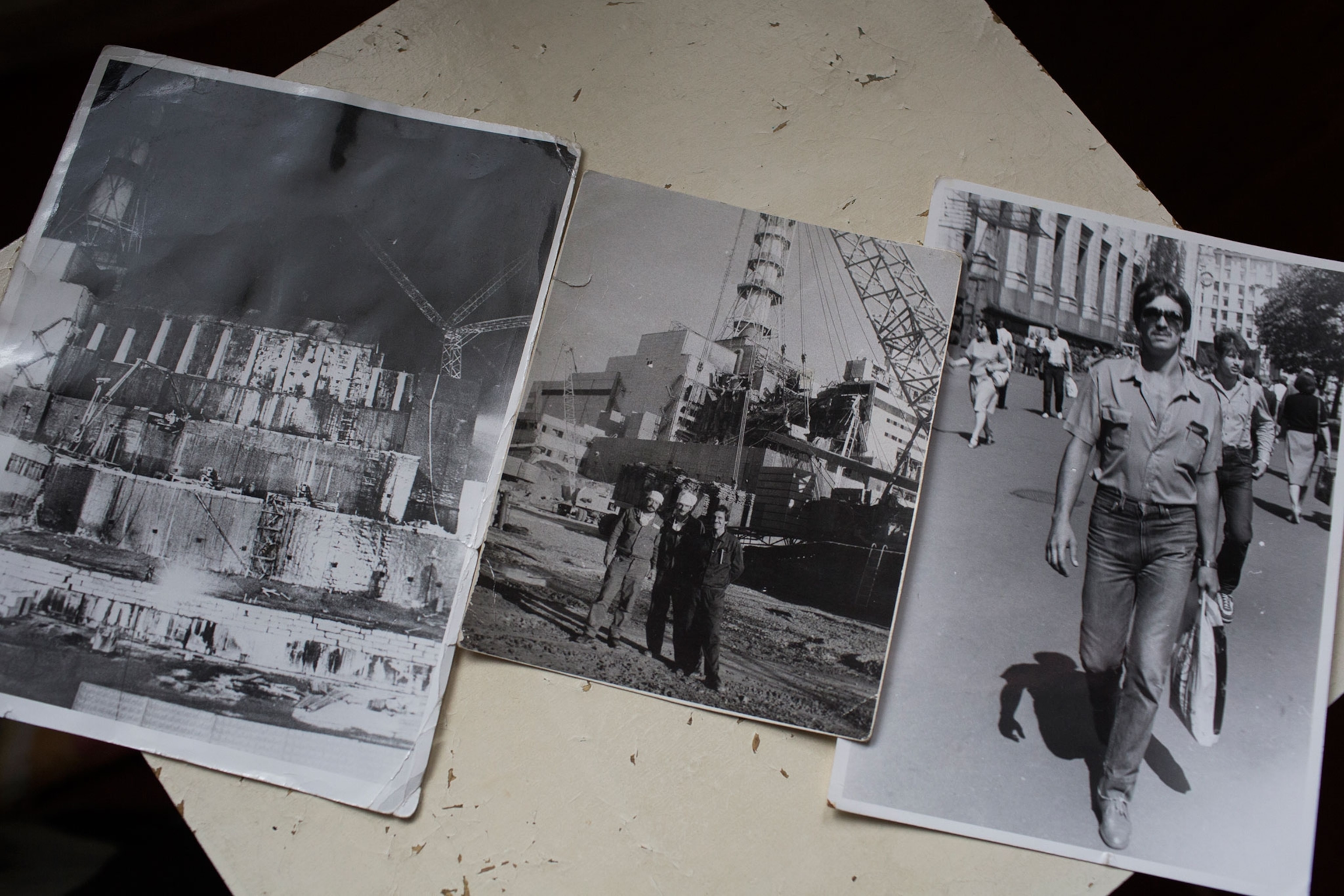
To do all this, the engineering is creative. Too big to roll, the New Safe Confinement will slide at the pace of a snail in November, eventually fitting into place like a gigantic Tetris block around the remains of Unit 4. Also, the membrane that will seal the sarcophagus to the old Soviet structure is the same material used to keep sea water out when a submarine opens a hatch to launch a ballistic missile.
Once sealed, two giant hover cranes weighing as much as a Boeing 737 will carry remote-controlled manipulator arms, a core drill, a concrete crusher and a ten-ton vacuum cleaner to break apart and clean up the reactor.
Less than five percent of the radioactivity contained in Unit 4 was released to the environment during the accident, so the majority remains on site and will take decades to dispose of. The European Bank for Reconstruction and Development, the main funder of the arch, has not released plans for the deconstruction. Ukraine has agreed to fund the process, though the country is currently debt-ridden, so it’s unclear how they will pay for the project except with the assistance of foreign donors.

“The first aim is to control the contamination,” says Caille. “The second aim is to provide the tools to deconstruct the exploded reactor.” But the overarching goal is to “contain everything,” says Caille, “to be sure that even if there is an earthquake or if the existing sarcophagus collapses, you do not have any contamination in Europe.”
Follow John Wendle on Instagram.


